Horse gram is not as well-known as red gramme, black gram, or green gramme, but it is one of the most nutrient-dense legumes (Macrotyloma uniflorum).
The kulthi bean, also known as hurali or Madras gramme, was a common diet for horses and cattle. Horse gram is the most protein-rich lentil on the earth. It has a high energy level and is thus fed to horses before races.
Table of Contents
What is horse gram?
Horse gramme is a legume that thrives and spreads in arid environments such as the drylands of southern, central, and northern tropical countries such as India, Sri Lanka, and Malaysia.
Horse gramme is a climbing herb with leaves that have tiny leaflets in triplets and white blooms. After maturing and developing, the short and slender stem produces flattened little seeds that are red, brown, or black and mimic the appearance of a curled beak.
Because it is tightly filled with critical nutrients, this little natural seed provides some wonderful benefits for overall well-being. Horse gramme is high in critical trace minerals such as iron, molybdenum, and calcium, in addition to having a high carbohydrate and protein content. They promote adequate energy, muscle strength, red blood cell formation, and bone fortification. Also, it provides adequate levels of B vitamins, which ensure appropriate metabolic functioning of cells.
As a result, it's no surprise that horse gramme is now widely consumed around the world, in the form of sprouted or cooked seeds, as a health drink made from the powdered powder, and in traditional Indian cuisines like dals, soups, and salads.
Origin of horse gram:
Horse gramme (Macrotyloma uniflorum) is a pulse crop that comes from south-east Asian subcontinent and tropical Africa that has been widely produced and consumed in India from ancient times.
Nutritional value of horse gram:
The nutritional composition of horse gramme is excellent. Horse gramme contains phenolics, flavonoids, alkaloids, carotenoids, prebiotics, tannins, phytosterols, fatty acids, saponins, terpenoids, and dietary fibres as possible health-promoting bioactive components (soluble and insoluble). The nutritional content of 100 grammes of horse is given below -
321 kcal Energy
22 g protein
57 g carbohydrate
5 g dietary fibre
Ayurvedic use of horse gram:
Ayurveda strongly advocates numerous formulations where horse gramme is employed as a main ingredient for its indispensable therapeutic benefit such as Kulathadhi kashaayam that has been used widely in addressing health abnormalities. As a hot-natured bean, horse gramme can soothe kabha and vatha dosha and boost rakta pitta kopaka dosha.
Horse gram contains polyphenols, flavonoids, and powerful antioxidants that maintain your body robust, vibrant, and youthful. R aw, unprocessed horse gramme seeds have the ability to reduce blood sugar increases post meal by slowing down stomach evacuation and decreasing insulin resistance, thereby turning it into a diabetic-friendly food.
Ayurvedic remedies also advocate horse gramme for curing rheumatism, conjunctivitis, jaundice, and piles are also reported to flinch before the strength of horse gramme.
The kulatta gramme paste is used to relieve localised edoema. To remove toxins from the system, the seeds promote sweat glands and open bodily pores. Cold infusion of horse gramme offers excellent astringent and diuretic qualities that are eaten to treat kidney stones, urinary bladder problems and trouble in micturition. Also, it stimulates menstruation and treats oligomenorrhoea (scanty bleeding).
Health benefits of horse gram:
1. Overall wellbeing
Asthma, bronchitis, urinary difficulties, jaundice, peptic ulcer, haemorrhoids, and even menstrual disorders can all be treated with horse gramme powder. It is also useful for removing phlegm and reducing fever.
2. Glistening Skin
Horse gram's astringent characteristics aid in the treatment of the skin illness leucoderma. It is also used as a face pack to prevent and clean skin problems.
3. Diabetes management
Consuming unprocessed horse gramme seeds (raw, unsprouted) after a meal can lower the glycemic index by slowing carbohydrate digestion and lowering insulin resistance.
4. Aids in weight loss
The seeds of horse gramme have natural fat-burning properties. It can lower LDL cholesterol while increasing HDL cholesterol. Horse gramme seeds have been shown in studies to directly attack fatty regions in the body. It is beneficial in dissolving body fat and giving the body a correct form.
5. Increases Sperm Count
Horse gramme contains calcium, phosphorus, iron, and amino acids, which increase sperm count. Certain minerals have a good effect on the male reproductive system, increasing blood supply to those organs, while amino acids increase enzyme activity, ensuring optimal sperm production.
6. Safeguards Liver Functions
Horse gramme seeds are high in flavonoids and polyphenols, two powerful plant compounds. These substances have hepatoprotective qualities, which protect the liver and gallbladder from damage as they filter and purify the blood and detoxify toxins in the body.
7. Helps with Kidney Stones
Kidney stones form as a result of the body's calcium phosphate salts crystallising. Horse gramme seeds, which are high in antioxidants, serve an important function in preventing salt hardening. As a result, it is particularly effective in preventing dangerous free radicals from harming healthy kidney cells. Horse gram is also an effective element in the treatment of kidney problems.
Side-effects of horse gram:
While suffering from gout, avoid eating horse gramme and other pulses since uric acid levels around the joints are already dangerously high, and legumes may lead to increased acidity.
Horse gramme seeds should be used in moderation during pregnancy because they can significantly raise body heat if consumed in big quantities.
If you are also taking shilajit, an ayurvedic medicine, avoid eating horse gram-based foods.
FAQs on Horse Gram:
Q1: Is drinking horse gram water on a regular basis safe?
Ans: Soak a couple of horse grammes in water for at least an hour. To maintain your weight, consume it two or three times every day on an empty stomach.
Q2: Does horse gramme water aid in weight loss?
Ans: Horse gramme, a nutritious legume, is frequently used as a flavouring element in various Southeast Asian dishes. Despite a dearth of human research, animal studies suggest that horse gram may help with weight loss and cardiovascular health.

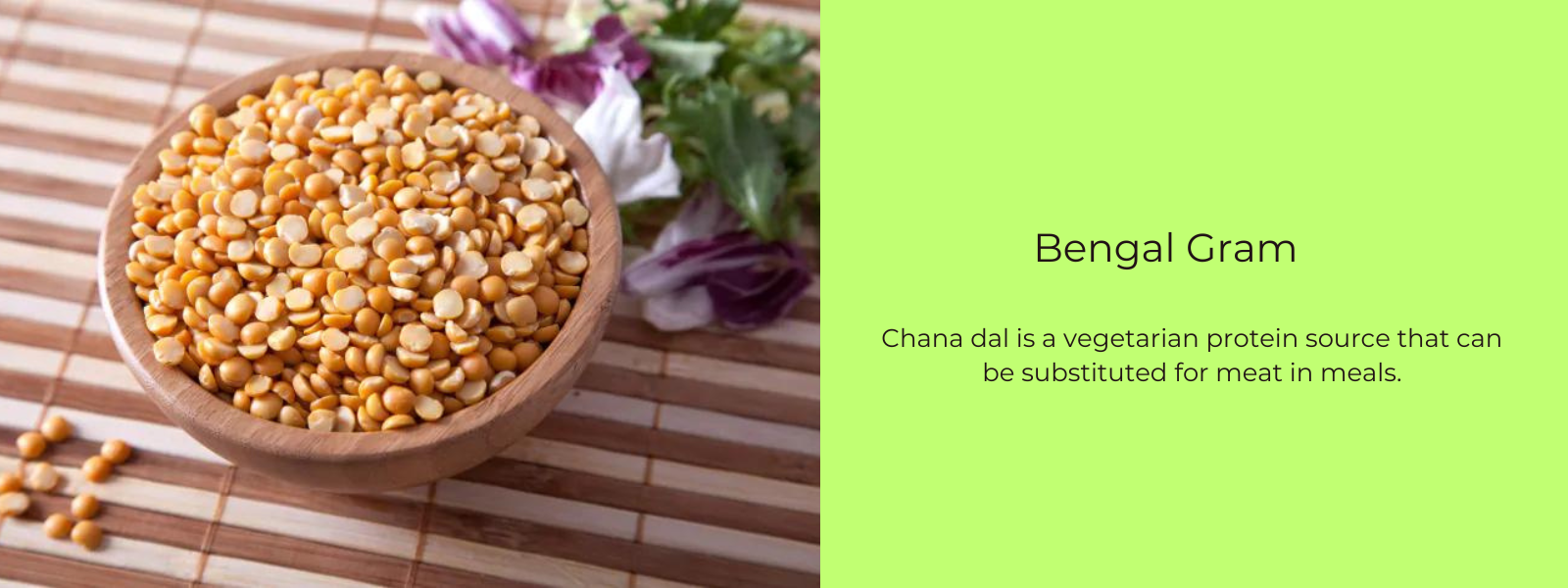
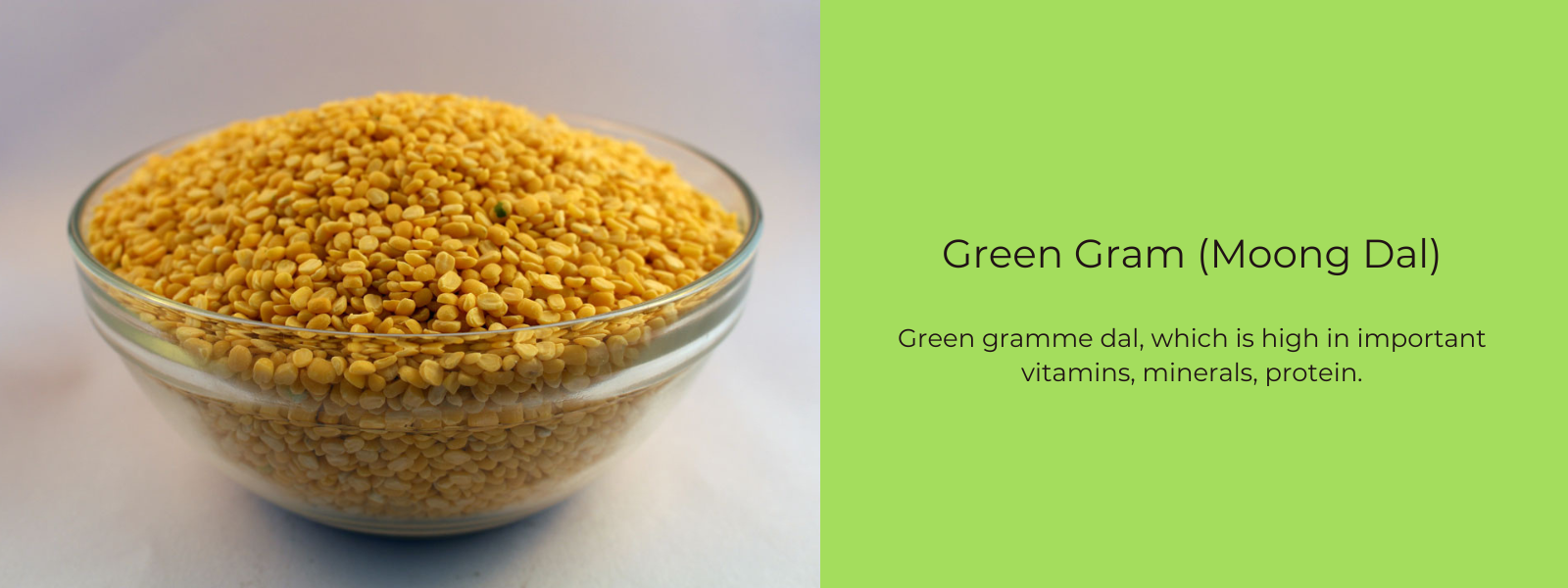
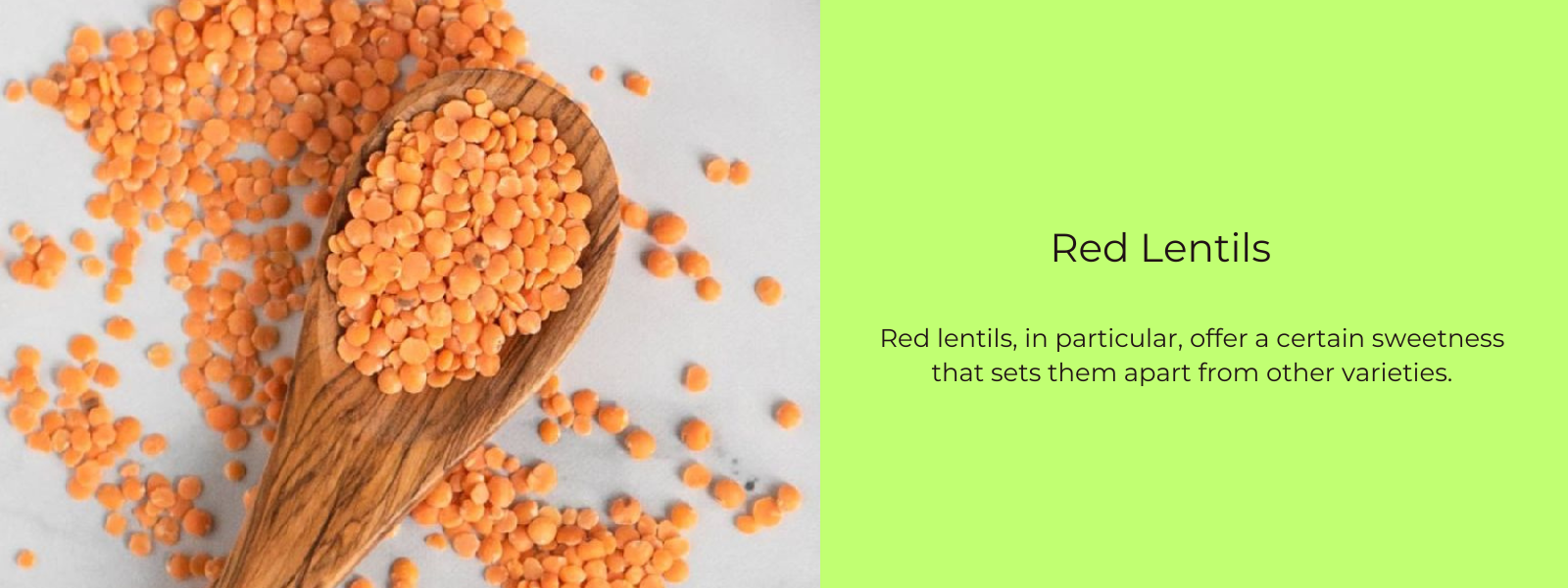
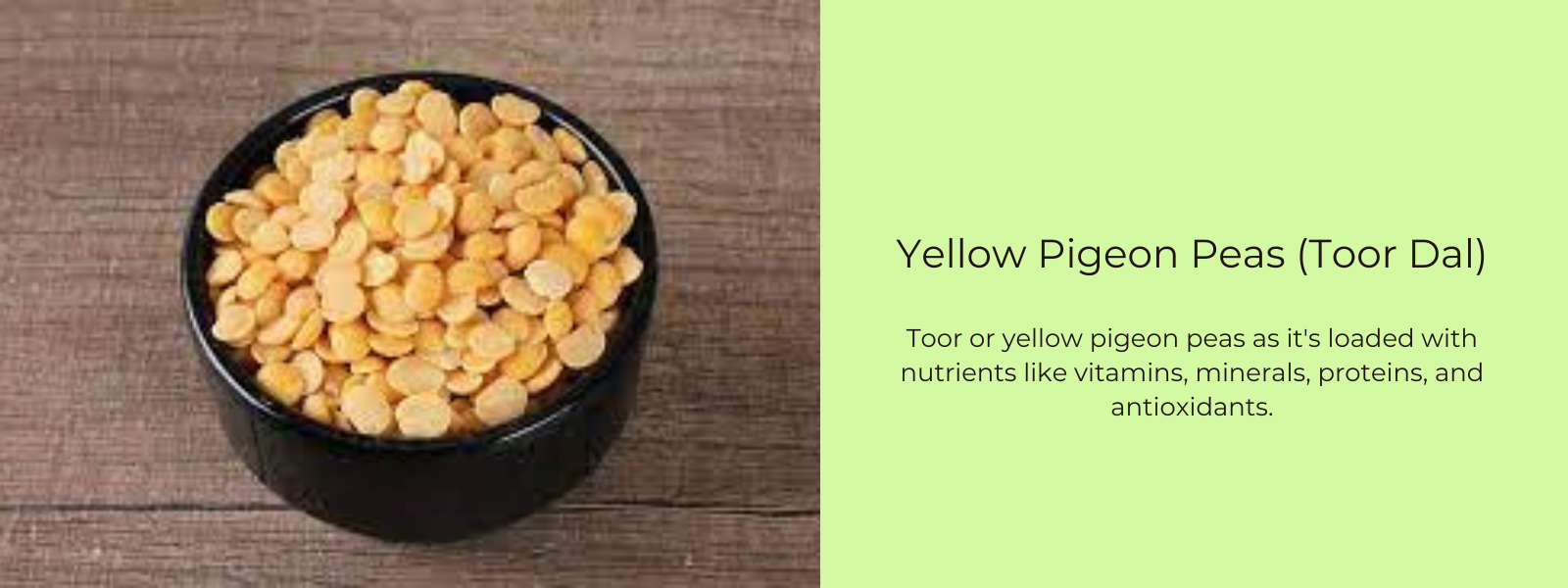
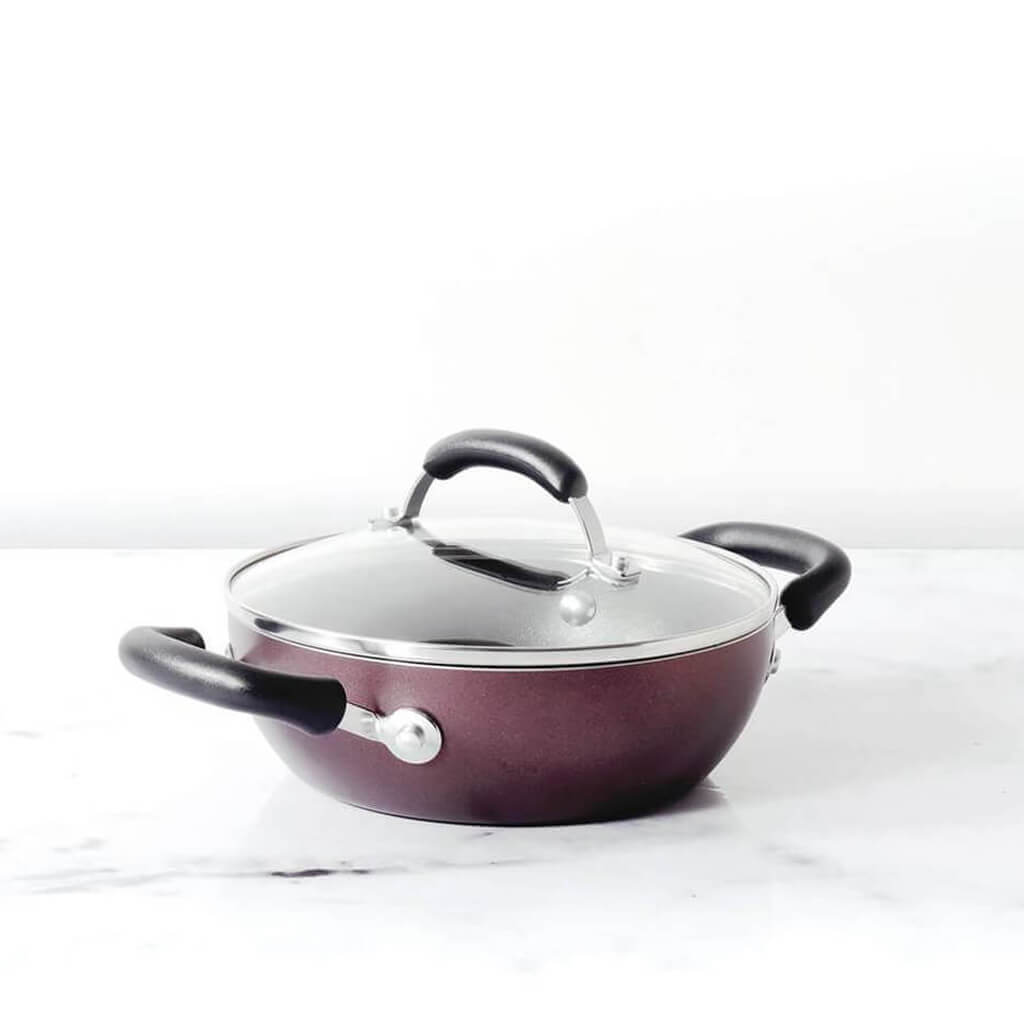
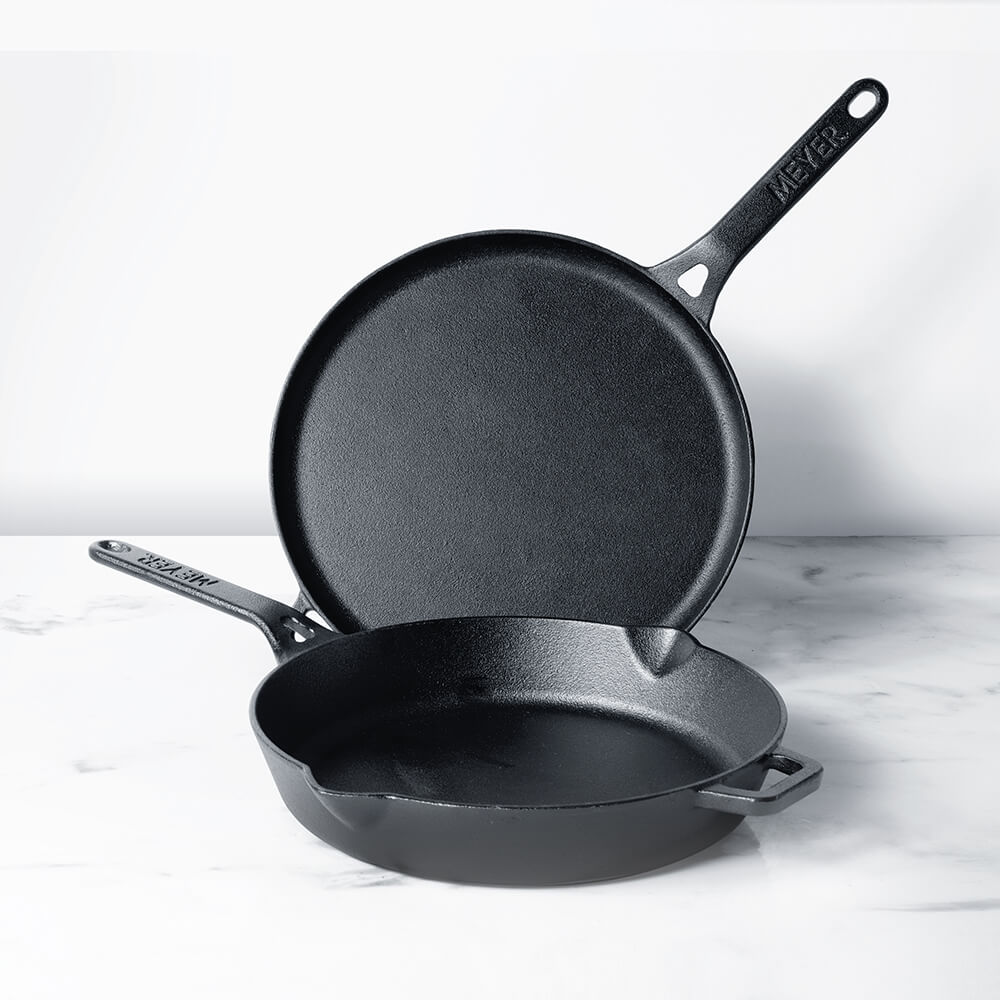




Leave a comment